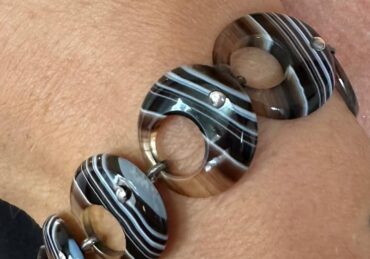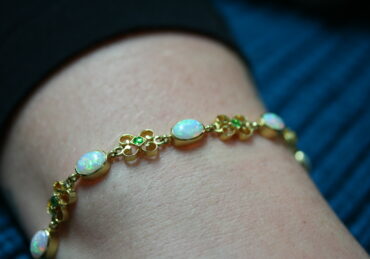
A Cut Above
Did you see the press attention when Taylor Swift got engaged recently?! All the focus was on the ring which was an absolute gobstopper. The diamond is approx. 8-10 carats and is an old mine cut which is actually really traditional. It got me thinking that when you explore antique jewellery, one of the most fascinating details is the gemstone cuts. Unlike the precise, laser-perfect shapes we see today, antique cuts were crafted entirely by hand, giving each stone a unique character and charm.
One of the most iconic antique cuts is the old mine cut, like Ms Swift’s ring. Popular during the 18th and 19th centuries, this early diamond cut has a squarish shape with rounded corners, a small table, and a high crown. Because it was cut by candlelight, the old mine cut was designed to sparkle warmly under soft illumination rather than the bright lights of modern life.
Another historic style is the cabochon. Instead of faceting, cabochons are smoothly polished and domed, often used for opaque or translucent stones like turquoise, opal, or garnet. These cuts date back to ancient times and give a gem a soft, glowing appearance rather than the sparkle of faceting.
You’ll also find other antique cuts such as rose cuts, which feature a flat base and triangular facets forming a domed surface, creating a delicate shimmer rather than brilliance. Table cuts—one of the earliest styles—are simple, flat-faced stones, while briolette cuts offer a teardrop shape covered in tiny facets, often used in pendants and earrings.
Whether you’re a collector or simply love vintage style, understanding these cuts can help you appreciate the individuality and history that make antique jewellery so special.
Image: early 20th-century signet ring features an oval turquoise cabochon: https://heirloomsofwareham.co.uk/product/early-20th-century-turquoise-ring/
Article originally published in the Purbeck Gazette on 29th September 2025









